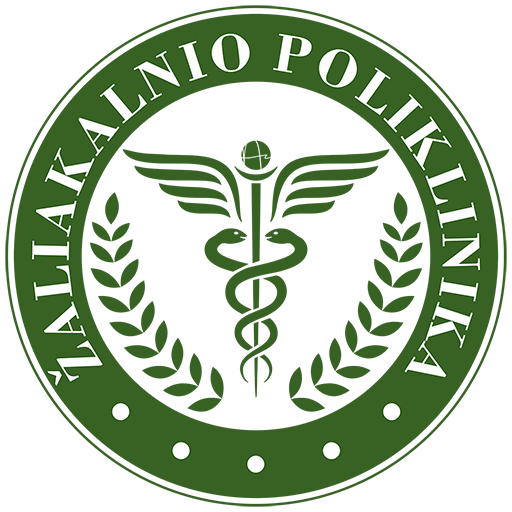Capillaroscopy
Capilloscopy is a non-invasive examination of capillaries, capillary blood flow and blood cell traces. The work is based on the method of examination of biological objects using a special microscope with a digital camera. The examination is non-invasive, painless and real-time. The structure of the capillary itself, the areas around the capillary, the blood flow in the capillary and the presence of blood cell deposits are examined.
The scope of application is very broad:
- Cardiology,
- Neurology,
- Phlebology,
- Endocrinology,
- Rheumatology,
- Sports medicine, etc.
Capillaroscopy allows the detection of signs characteristic of changes in the structure of blood vessels, arterial hypertension, and quantification of the presence of latent oedema.
This method is very useful for adjusting drug therapy in patients with cardiac pathologies at high risk of thrombosis, such as atrial fibrillation, prosthetic heart valves, coronary stenting and thrombophlebitis.
This method allows to assess the effectiveness of treatment based on the aggregated blood status and the rheology of the blood in haematological practice. Capillaroscopy is necessary in the condition of diabetic angiopathy, a diagnostic method for Raynaud's syndrome, systemic lupus erythematosus and scleroderma. In sports medicine, this method is used to assess training regimes and the recovery process.
The object of the test is the skin of the fingers or toes. The capillaries of the nail bed are examined using an optical system (high-powered microscope) at magnifications of 200x, 400x, 800x, through which all the main microcirculation parameters are calculated using a computer program.
The test is carried out on an empty stomach or a few hours after a light meal. Do not drink strong tea, coffee, alcohol or too much fluid before the test. Smoking before the test is forbidden.
Rational care of the nail bed is essential: do not apply petrol, washing powder, baking soda, acetone, varnish, etc. to the skin of the fingers and do not cut the skin near the nail bed.
Use of capillaroscopy is restricted:
- Fungal lesions of the nail phalangeal tissues;
- Burned hands and/or feet;
- Traumatic injuries to the arms and/or legs;
- Mechanical damage to the skin of the fingers;
- Deterioration of light scattering on the skin of the fingers due to exposure to aggressive chemical compounds.

